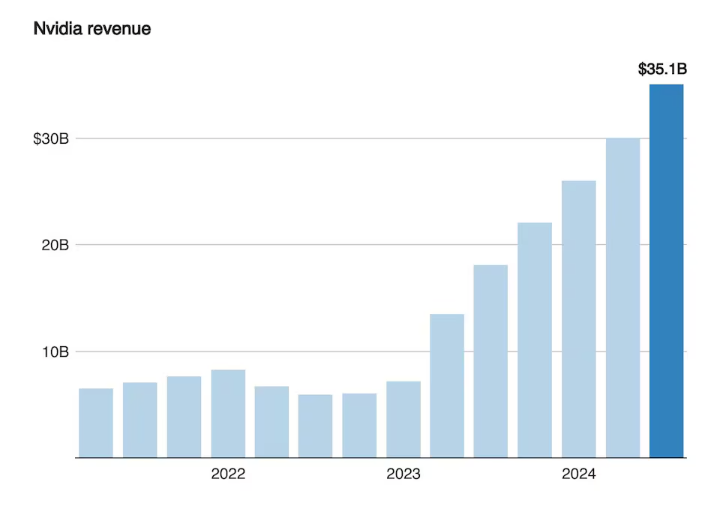U.S. consumer sentiment has plummeted to levels not seen since 2022, driven by escalating concerns over President Donald Trump's aggressive trade policies and the specter of rising inflation. The University of Michigan's Consumer Sentiment Index fell sharply to 57.9 in mid-March from 64.7 in February, marking a 27% decrease compared to the same period last year.
This decline in confidence is largely attributed to the administration's recent imposition of 25% tariffs on steel and aluminum imports, coupled with retaliatory measures from key trading partners. These actions have heightened uncertainty among consumers, who now anticipate a 4.9% increase in costs over the next year—the highest since late 2022.
The erosion of consumer sentiment spans all political affiliations and demographics, reflecting widespread apprehension about the future economic landscape. Businesses are also adjusting their outlooks; for instance, Delta Air Lines has revised its economic projections in response to reduced consumer confidence. Similarly, the National Federation of Independent Business reports diminished optimism among small companies since Trump's election.
Financial markets have mirrored these anxieties, with both the S&P 500 and Nasdaq Composite experiencing notable declines as investors grapple with the potential ramifications of ongoing trade disputes. The volatility, exacerbated by trade tensions with nations like Mexico, Canada, and China, has led to businesses lowering profit and sales forecasts. The Atlanta Federal Reserve has even cautioned about potential economic contraction, underscoring the gravity of the situation.
Economists warn that the convergence of declining consumer confidence, escalating inflation expectations, and turbulent markets could pose significant threats to economic growth. As consumers become more cautious, a reduction in spending may ensue, potentially triggering a broader economic slowdown. Despite these warning signs, the administration maintains its stance on tariffs, aiming to address trade imbalances and other policy objectives.





